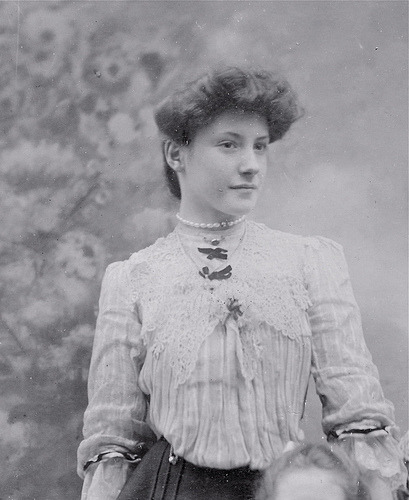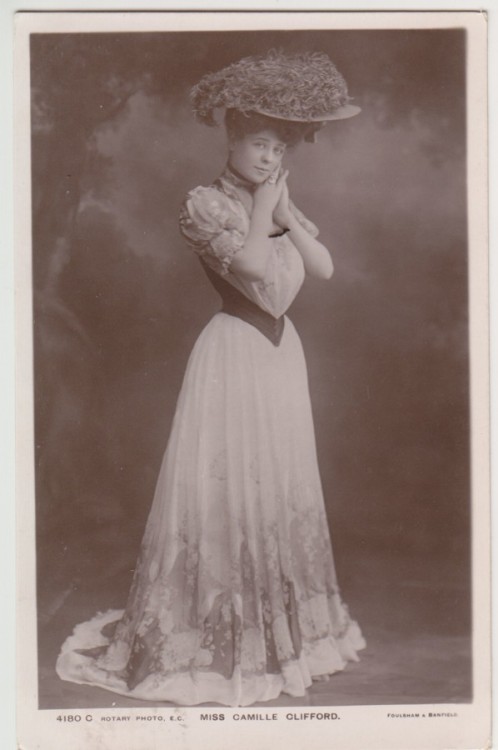Women's fashion first came into light during Queen Victoria's rule from 1837-1901, otherwise known as the Victorian Age of fashion. Before this point, men's fashion was at the forefront. This time period is known for two distinct silhouettes: the hoop skirt and the bustle. I won't go into lengthy details as to all the subtle changes that happened during this 60+ year time period. If you would like to read more, Truly Victorian has an array of information that goes into much greater detail.
- The Hoop Skirt - a large full length skirt with a close fitting bodice. Think of the southern belle or The Civil War (c. 1860s).
Laced up corsets, petticoats, bloomers, camisoles, and a large bird-cage like hoop all formed the fundamental shape of this look. These hoops were often made of wire and whalebones. Everyday wear would just consist of free flowing petticoats, while more formal events would require the hoop skirt.
This style continued to evolve up until the very early 1900s with silhouettes becoming slimmer and slimmer.
The Age of King Edward VII
The Edwardian period was marked with the crowning of King Edward VII and ran from 1901 until roughly 1919. King Edward died in 1910, and there is some debate as to when this trend ended. Some believe it was around the sinking of the Titanic in 1912, while others believe it to be the start of World War I in 1914. Others believe it to be as late as 1919. For our purposes here, I'm sticking with the date of 1919.
There are two distinct silhouettes in this short period of time: The formation of the S-bend corset, and the later empire waist column.
- The S-Bend Corset - as the bustle accentuated a woman's rear, this corset would be tightly laced at the waist, forcing the hips and rear back and the bust was pushed forward. Also referred to as 'the pigeon', his silhouette was accentuated by very high necklines and looser fitting bodices and blouses. Thankfully, for most women, this trend only lasted until the late 1900s to very early 1910s.
- The Empire Waist Column - lastly, this style was formed with a longer corset, like down to the knees lower! Necklines were dropped and waistlines were raised. The silhouette was the most slender it had ever been.
In the next segment, I'll discuss the period and differences between the Age of Art Nouveau and Art Deco which will cover The Roaring 20s!








No comments:
Post a Comment